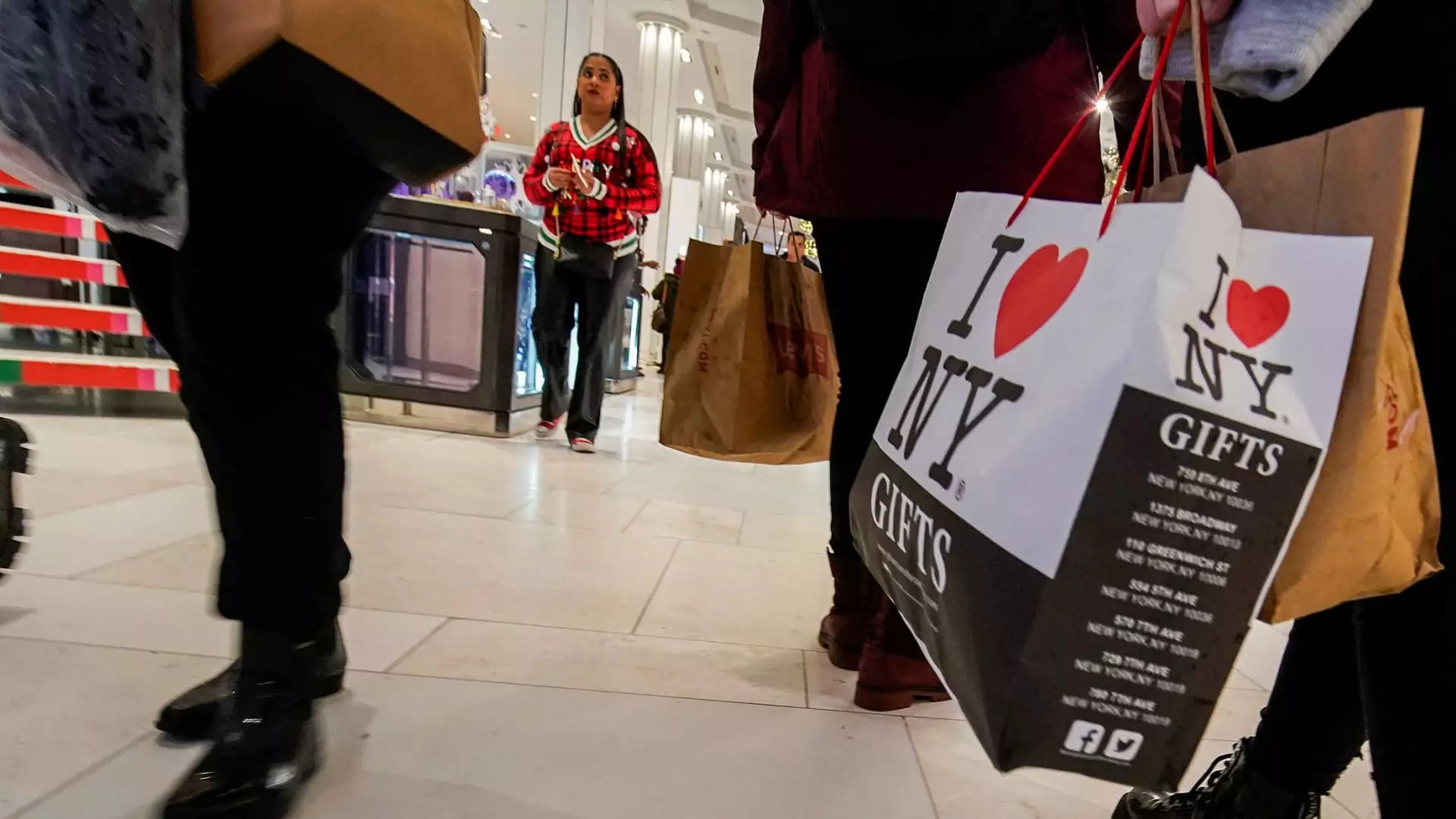As the festive season approaches, Americans are preparing to indulge in holiday spending like never before. The National Retail Federation forecasts that between November 1 and December 31, total holiday expenditures could reach a staggering $979.5 billion to $989 billion. This marks a notable increase in consumer spending intentions compared to previous years. Deloitte’s holiday retail survey reveals that shoppers anticipate spending an average of $1,778—an 8% increase from last year.
Despite the optimistic spending outlook, troubling financial habits persist. Current credit card debt has ballooned to over $1.14 trillion, driving many consumers to rely heavily on credit for their holiday purchases. Alarmingly, a report from NerdWallet indicates that 28% of shoppers are still grappling with last year’s holiday debts. With the holiday shopping frenzy just around the corner, an overwhelming 74% of consumers plan to use credit cards for their purchases, while 28% will dip into their savings, and 16% will use buy now, pay later (BNPL) services.
The demand for buy now, pay later options has surged, reflecting a significant shift in consumer financing practices. Recent data from Adobe suggests that BNPL transactions will peak this holiday season, particularly on Cyber Monday, where spending is projected to hit a record $993 million. While the BNPL approach may offer the allure of interest-free payments, experts caution that it can lead consumers into financial traps.
Howard Dvorkin, a certified public accountant and chairman of Debt.com, emphasizes that payments deferred through BNPL are still a form of credit. The ease of accessing these loans often encourages overspending, resulting in missed or late payments that can seriously damage a consumer’s credit history. Further complicating matters, some BNPL lenders may impose late fees or deferred interest penalties that can skyrocket above 30%, rivaling credit card interest rates.
The psychological mechanisms behind consumer spending during the holidays cannot be underestimated. The combination of cultural pressures, targeted marketing, and the thrill of gift-giving creates a perfect storm for overspending. As more consumers adopt BNPL services, the risks of becoming overwhelmed by debt increase correspondingly.
For those who fall into the trap of ‘spaving’—the act of spending lavishly despite existing financial burdens—the consequences can be dire. Late payments not only lead to additional fees but can also affect future borrowing capacities and financial stability. The cycle of debt can be challenging to break, especially during a period typically characterized by joy and generosity.
As the holiday season unfolds, it is crucial for consumers to navigate their spending habits mindfully. Setting a realistic budget, leveraging cash or debit options, and avoiding reliance on credit can help individuals maintain better control over their finances. Educating oneself about the implications of various payment methods, especially BNPL, can mitigate financial pitfalls.
While the allure of holiday gifting is strong, the financial realities of overspending can overshadow the festive spirit. By prioritizing mindful spending and understanding the potential risks associated with modern payment methods, consumers can celebrate the holidays without the burden of festering debt.

